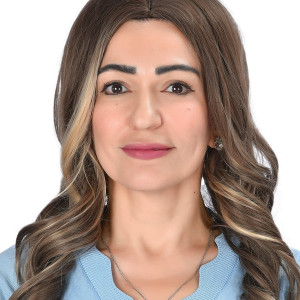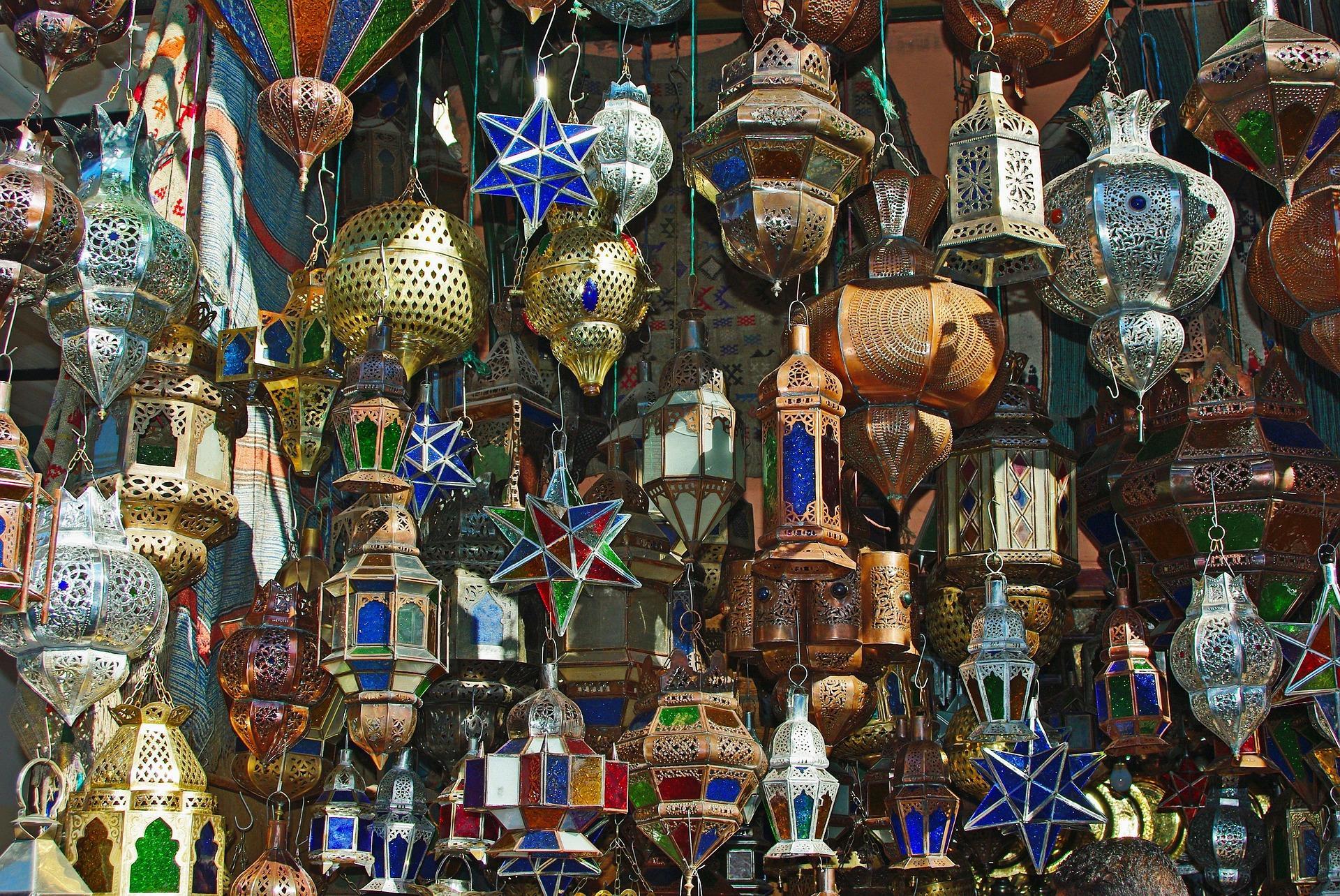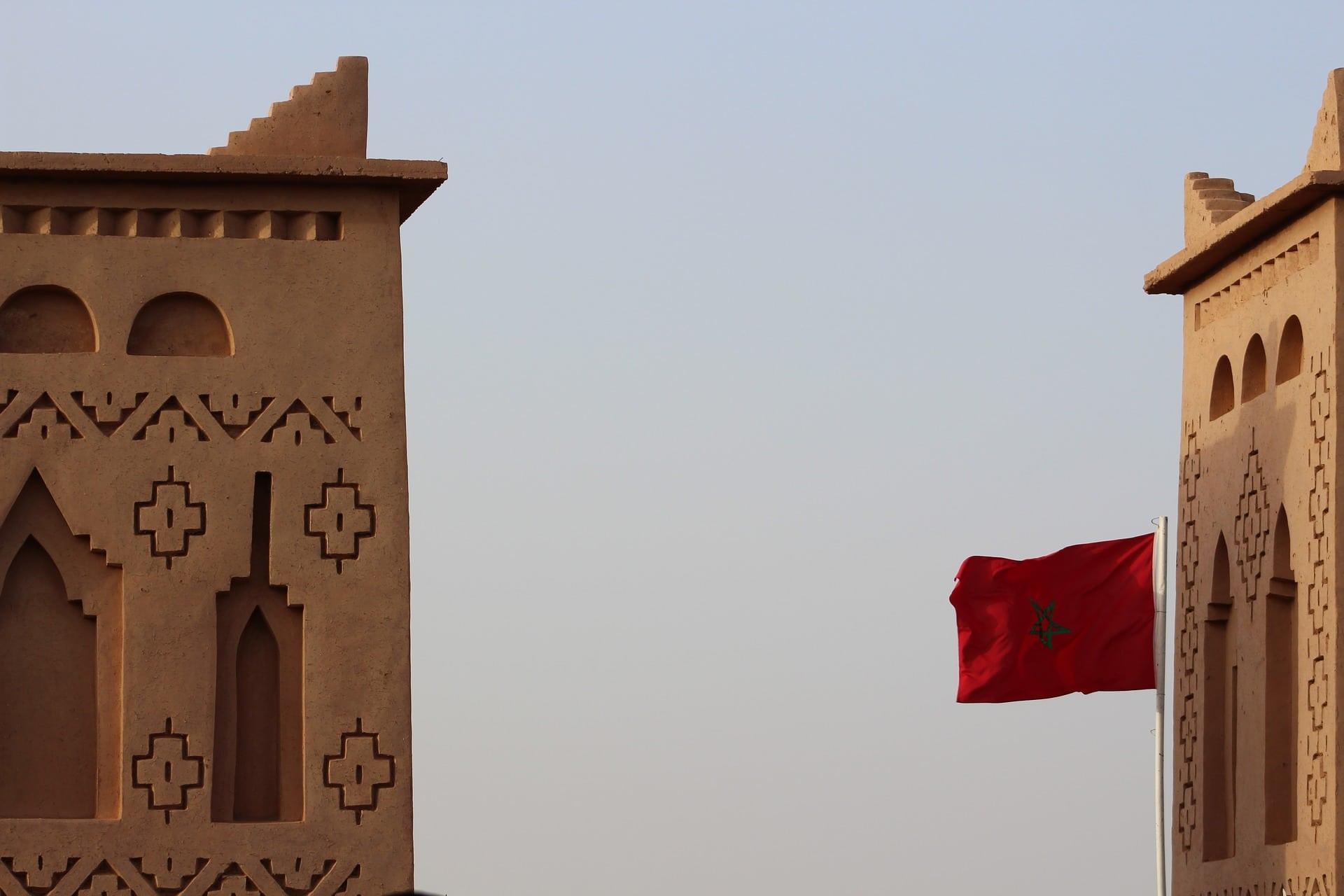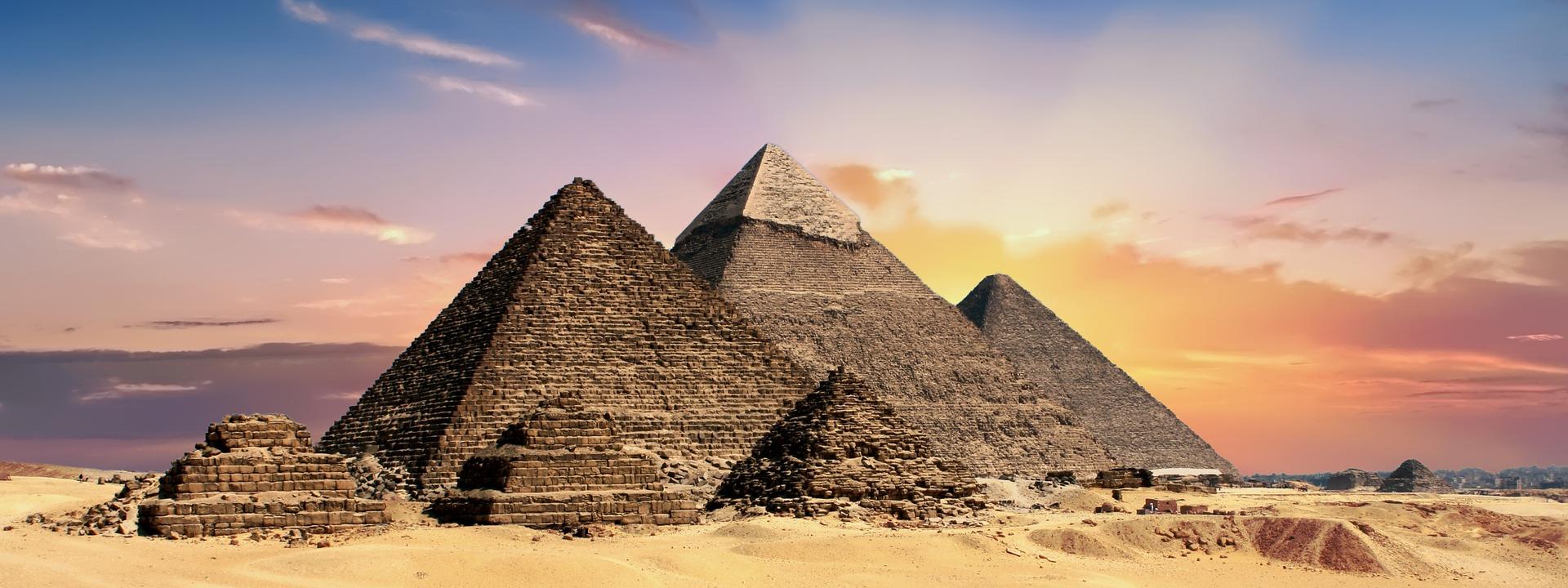For most of us, the first writing system that we get to learn is either the Roman alphabet from A to Z or basic strokes consisting of horizontal or vertical lines.
The world of foreign languages is a wide one, really.
And we are only barely scratching the surface when we talk about the official languages of different nations. It's a whole different ball game when you dive deep into different dialects.
If you are looking to challenge yourself with a totally new language with a rich cultural history, we got a little suggestion.
Why don't you try learning Arabic?
Lucky for us Malaysians, mastering the Arabic language is not an impossible feat as it is a language that is deeply embedded in our society through various aspects.
In this article, you will get a glimpse of what to expect when you are learning Arabic as a beginner and gain some amazing tips to have a fulfilling Arabic language learning journey.

What You Should Know About The Arabic Alphabets?
Let's start with the building blocks of Arabic — the alphabet. When you are familiar with the alphabet, you can then improve your reading, writing, speaking, and listening skills in Arabic.
Here are four important facts about the Arabic alphabets.
Fact 1: It consists of twenty-eight basic letters
The Arabic alphabet namely the Al-abjadiyah consists of the following basic letters:
- alif [ا]
- baa [ب]
- taa [ت]
- tha [ث]
- jiim [ج]
- haa [ح]
- khaa [خ]
- dal [د]
- dhal [ذ]
- raa [ر]
- zay [ز]
- siin [س]
- shiin [ ش]
- saad [ص]
- dhad [ض]
- taa [ط]
- dhaa [ ظ]
- hain [ع]
- ghain [غ]
- faa [ف ]
- qaaf [ق ]
- kaaf [ك]
- laam [ل ]
- miim [م]
- nun [ن]
- haa [ه]
- waw [و]
- yaa [ي]
Read more about the history of Arabic language here.
Fact 2: It is written from right to the left (cursive font)
It is one of the few writing systems that still abides by the right to the left method. It is also typed and written in cursive font.
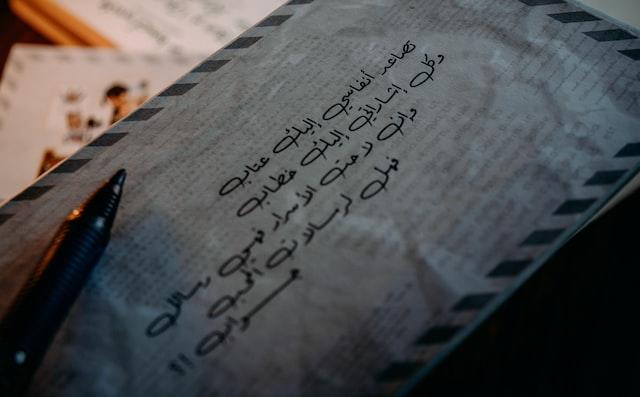
Photo by Amr Taha™ on Unsplash
Fact 3: There's no usage of capital letters and small letters in Arabic
As you may have observed, the Arabic alphabets are either stand-alones or joined together in sentences, line by line.
This trait is similar in many languages that do not adopt the Roman writing system. For instance, there is no emphasis on capital or small letters in the Chinese writing system, Korean writing system, Tamil writing system, and many more.
Fact 4: It is taught and spoken by different countries worldwide
Do you know that Arabic is one of the official languages of the United Nations?
This means it is globally recognized for its political, and economical influence as well as communication purpose among the Arab world which consists of a total of 22 countries.
What Are Some Interesting Aspects Of Arabic Culture And History Worth Exploring?
One way to make your Arabic language learning journey engaging and more memorable is to immerse yourself in the culture and background history.
Not sure where to start? Fret not, we got you covered.
Depending on your interests, here are three suggestions that you can look into.
If you are a foodie, find out more about Arab Cuisine
Kebab is probably the first dish that comes to your mind when it comes to Arab cuisine. As a matter of fact, due to regional and geographical differences, there's an array of Middle Eastern representative dishes that you can explore.
- Saudi Arabia: Kabsa (A mixed rice platter)
- Jordan: Mansaf (A lamb dish that is cooked with frozen yogurt sauce)
- Egypt: Falafel (A deep fried street food that is made from assorted beans)
- Iran: Halva (A confectionery made of flour, semolina, nuts, sugar and honey)
If you love books, start looking for some Arabic Literature
Of course, the Quran is viewed as the ultimate Arabic literature due to its religious significance. For non-Muslims, there are many Arabic stories, poetries and novels that you can explore too.
You can start with some classics like One Thousand and One Nights (Arabian Nights) or look up modern Arabic authors such as Ahlam Mosteghanemi and Naguib Mahfouz, an Egyptian author who won the 1988 Nobel Prize in Literature.
Read this article to discover other resources to learn Arabic.
If you love arts, you could sign up for an Arabic Calligraphy lesson(khat)
Arabic calligraphy is certainly not something new for us Malaysians. You can see it in many mosques, architecture, and even book covers.
On a side note, if you have been on the Emirates airline, you would probably notice that the logo is also written in traditional Arabic calligraphy as shown below.
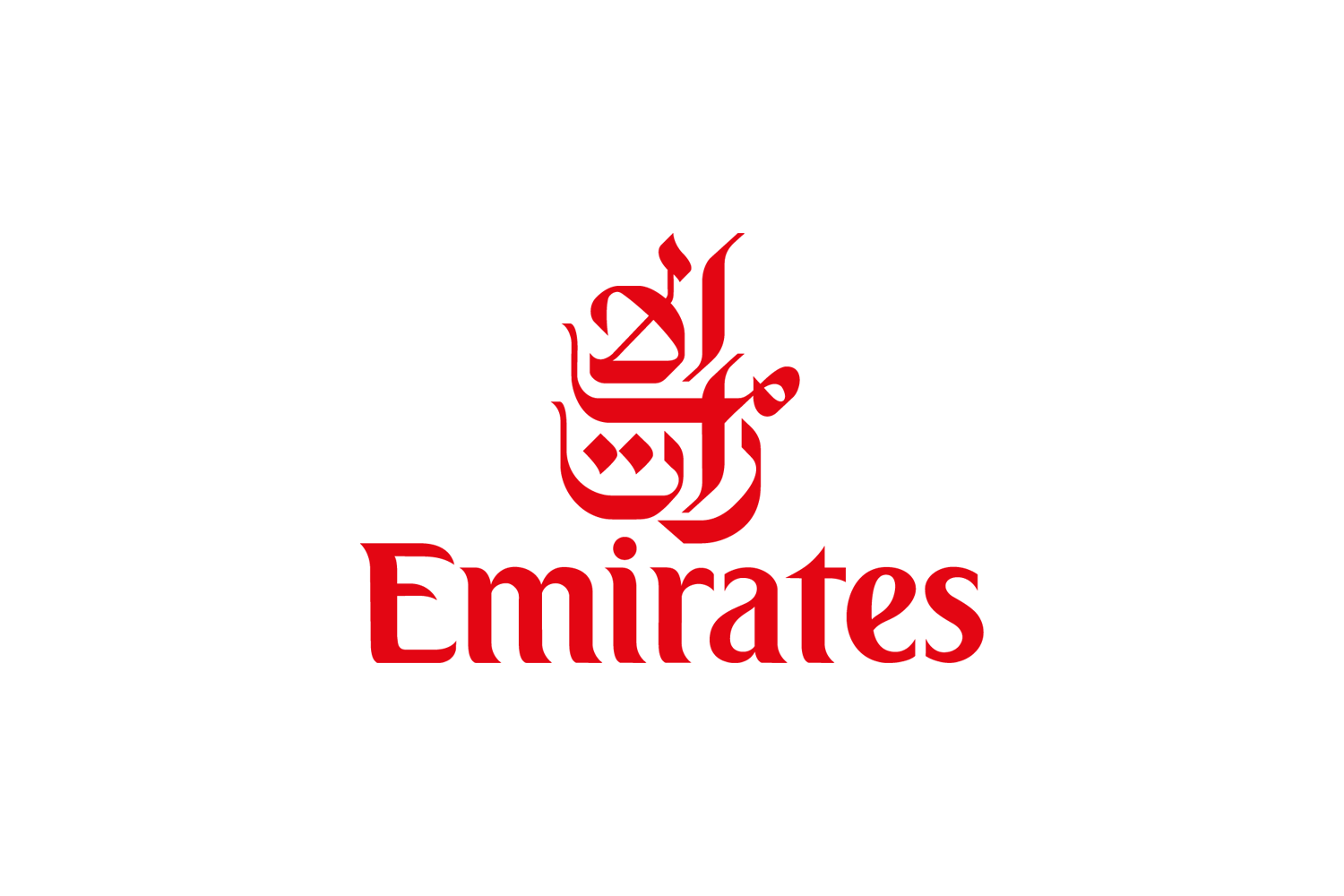
Source: TTR Weekly
During an Arabic calligraphy lesson, you will learn about the history of the Arabic script, the dot system as well as the right tools to form words and sentences.

Who Are Some Famous Public Figures With Arabic Roots In Different Industries?
Now, let's move on to some famous Arabic individuals who have made their names in various fields.
Kahlil Gibran
Kahlil Gibran was a Lebanese American writer who authored one of the best-selling books of all time - The Prophet. It was published in 1923 and has been translated a total of 112 times as of 2020.
He was also a prominent visual artist and philosopher.
DJ Khaled
Hip-hop fans would certainly know that DJ Khaled is a big-time collaborator with celebrities like Justin Bieber, Drake, Rihanna and many more.
Fun fact: Many people wouldn't know that DJ Khaled's parents (who are Arabic musicians) immigrated to the United States of America from Palestine.
Maaida Noor
Maaida Noor is an award-winning contemporary artist who specialises in Arabic calligraphy.
Among the global brands that she has worked with include Jo Malone, Estee Lauder, Christian Dior and many more.
Don't miss this article to gain some tips to take your Arabic language learning journey to the next level.
What Is The Significance of the Arabic Language In Malaysian History?
After talking about Arabic in the international scene, let's talk about the influence of the language in the local context.
All of us who have studied Sejarah throughout our secondary education would have certainly come across several chapters which consist of information on the Arabic language and how it came to our country.
Here are two main reasons.
The official language used by Arab traders when they came to Malaya
Trading is a big deal during the days of the Malay Archipelago and several regions in Indo-China during the early seventh century. This is due to the strategic location of South East Asia during the advent of maritime transportation.
Spreading and introduction of Islam
Of course, as more Arab traders came to the Malay Archipelago, they also introduced Islam to the local communities and royalties. Some of them even settled down locally and soon their language, culture and religion have been assimilated into the local Malay culture.
Gain some insights about the benefits of learning Arabic.
Where Can You Learn Arabic Effectively Regardless Of Your Learning Level/Religious Background?
Now that you have familiarised yourself with various facts and cultural backgrounds of the Arabic language, it's now time to put your passion into practical action.
Whether you are Malay Muslim who wants to pursue Arabic studies for your tertiary studies, a non-Muslim who wants to learn Arabic as a hobby, there are various learning platforms that you can opt for the best learning experience.
Public Schools (Religious Classes)
This is probably the most direct and accessible Arab learning platforms for Malay Muslims across the country. Young children and students will be taught to right pronunciation of Arabic terms and the Jawi writing system during their Islamic studies lessons.
You will be tested regularly and upon your secondary graduation, you can then continue to opt for advanced lessons through other learning institutions.
Arab Language Academies
If you are looking for a diverse Arabic learning curriculum, you can look for an Arabic language academy near you. Some of the courses that are offered include:
- Arabic for Islamic studies
- Arabic for business and tourism
- Arabic for children
- Colloquial Arabic
This platform is ideal for beginners and also intermediate learners of different age groups.
Private Arabic Tutoring
Not sure if group Arabic lessons are for you and you prefer one-to-one personalised guidance?
Private tutoring might be for you.
One of the major benefits of private tutoring is this. You don't have to feel pressured to follow a fixed curriculum and timeline. You get to decide and discuss freely the content and intensity of your lessons with your Arabic tutor.

Source: Xframe
At Superprof, you can find an Arabic tutor that is highly qualified and experienced.
As of 2022, there are 3828 tutors available on the platform who are ever-ready to offer their expertise in Arabic for you.
Once you visit the Superprof Malaysia homepage to look for an Arabic tutor, you will be directed to a selection of tutors with diverse backgrounds (native speaker/Malaysian), different teaching mode (physical/online lessons), different specialisations (vocabulary, speech, writing), hourly rate for their lessons and past students' reviews.
In other words, the choice is in your hands.
Learning Arabic has never been so easy and convenient!
Once you have browsed the tutors' profiles, you can then subscribe to a Student Pass (RM25 per month) and proceed to contact your desired tutor and continue to discuss the details of your future lessons. After that, you can start preparing for your first lesson!
We hope this article has given you a memorable introduction to the Arabic language and will inspire you to embark on this amazing Arabic learning journey!












